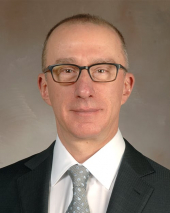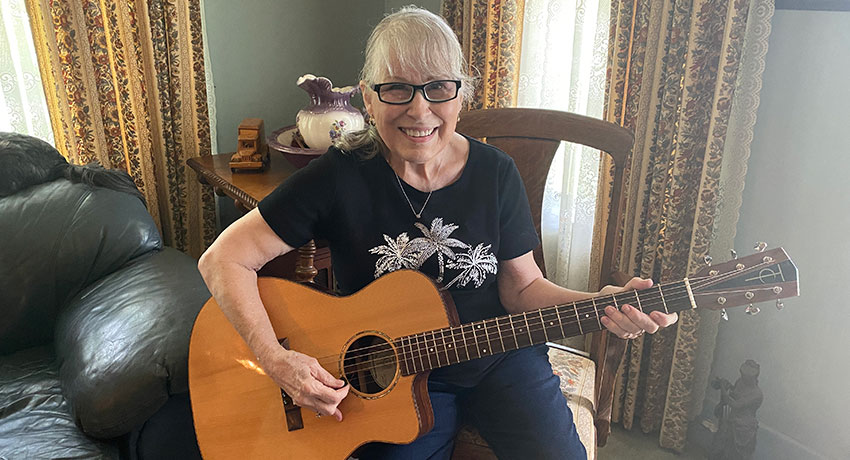Edwina Lewis is a lifelong lover of music. She’s performed in the Pasadena Philharmonic Orchestra, plays multiple instruments, and teaches music to children. Full of energy and life, Lewis didn’t let a history of heart problems slow her down. So, during the holiday season of 2019 when she started experiencing worrisome symptoms, she did what needed to be done and sought help.
“After explaining to my doctor’s office the stomach problems I was having, they suggested I go straight to the emergency room,” said Lewis.
Once admitted on New Year’s Eve, a gastroenterologist consulted with Lewis to better understand the underlying cause of her symptoms and source of discomfort. During testing for digestive complications, it was discovered that her heart was the problem, functioning at less than 20% capacity due to blockages in her coronary arteries. The coronary arteries supply the heart muscle with oxygenated blood, allowing it to work properly. In Lewis’ case, her arteries were severely blocked and her heart was unable to function well.
The solution to this problem would be coronary artery bypass surgery, something she was extremely hesitant about due to a previous surgical experience. In 2014 during a heart catheterization surgery, Lewis had a heart attack.

Cesar Nahas, MD, cardiothoracic and vascular surgeon at UT Physicians, was the attending surgeon for Lewis’ case.
“Meeting Edwina, I could see she was frail from her condition, but she was still in good spirits,” said Nahas, who is also an associate professor in the Department of Cardiothoracic and Vascular Surgery at McGovern Medical School at UTHealth.
Initially, Lewis stuck to her guns, insisting she did not want the surgery.
“I told him I didn’t want it done. I wanted to leave it in God’s hands. A heart problem wasn’t why I went into the hospital, and I hadn’t come to terms that this was really happening,” said Lewis.
However, after a conversation with Nahas, she reconsidered.
“He put me at ease during a very difficult and scary time. He made me laugh, and I wasn’t so afraid anymore. I felt like he was genuinely concerned about me physically and emotionally,” she recalled.
Coronary artery bypass surgery involves rerouting the blood supply to the heart. An artery from inside the chest and segments of vein from the legs are used as bridges. This enables blood to flow around the blockages and provide the heart the necessary amount of blood to function properly.
“Edwina’s surgery is standard. She had a weak heart, but she did great,” said Nahas.
While it’s a major surgical procedure, coronary artery bypass surgery is common. The recovery from the operation can be difficult for older patients.
The first thing Lewis remembered after surgery was pain in her chest from her drainage tubes. After heart procedures, it’s standard to leave a chest drain inserted to let the remaining fluid exit the chest cavity. While often described as uncomfortable, once they are removed, there is a sense of relief, as described by Lewis.
Recovering in the hospital for two weeks, Lewis said everything overall went exceptionally well. During that time, family and friends came to visit and check on her, as did Nahas.
“He is wonderful and always came to make sure that I was doing okay. I’d give him five stars,” joked Lewis.
Just a short six months into her recovery, Lewis said she feels fantastic and has returned to teaching music and playing her many instruments. After everything she’s been through and all the music she has made, her advice to everyone is to learn anything and everything you can, while you can. “It’s never too late, and you’re never too old.”



